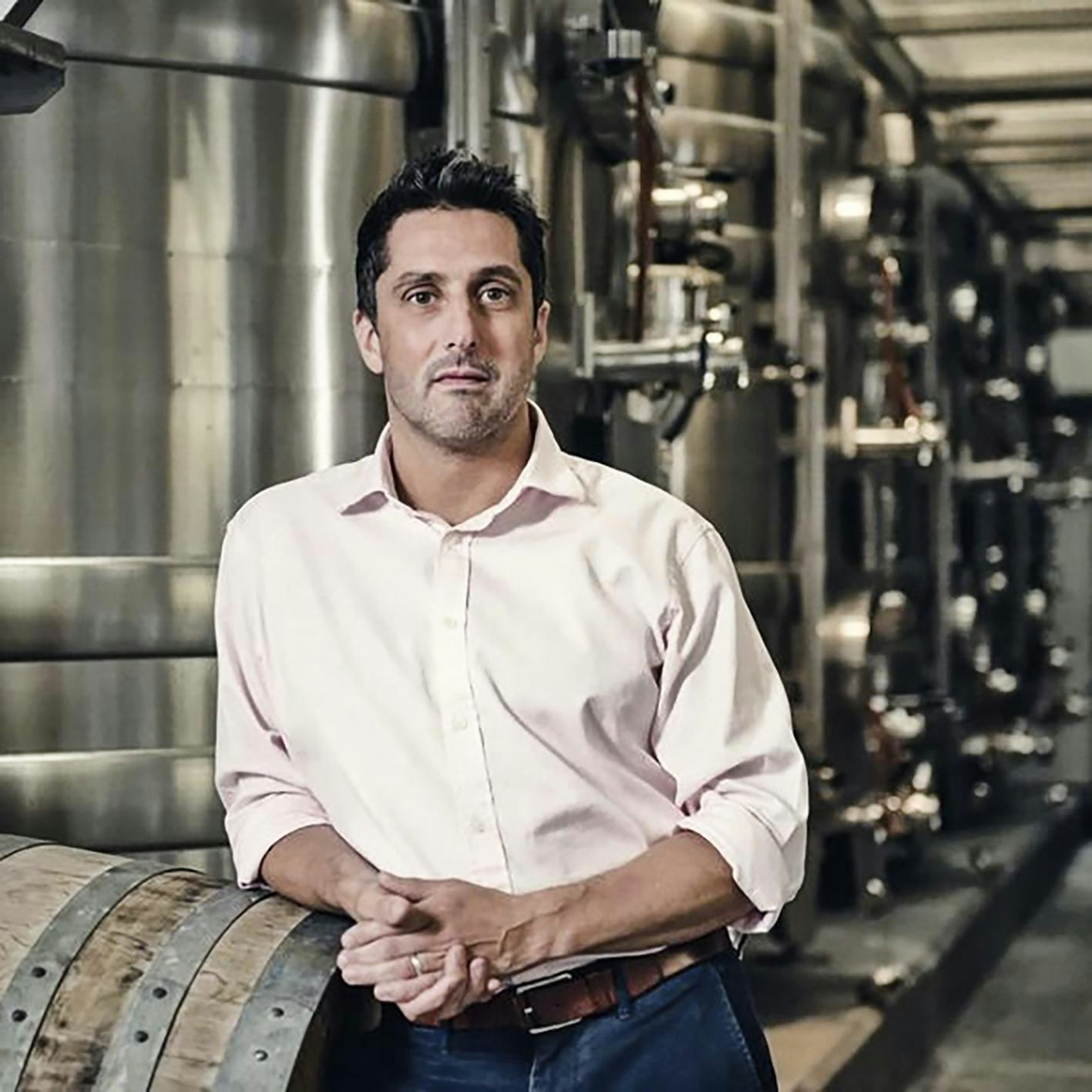This article is taken from the July 2025 issue of The Critic. To get the full magazine why not subscribe? Right now we’re offering five issues for just £25.
One of the more surprising developments in the last ten years is the emergence of what I call “Essex Burgundy” — high end Chardonnay and Pinot Noir from the county of Ian Dury, Simon Heffer and Denise van Outen. If you want to know what the future holds for English wine, go east, young man!
So far, these wines haven’t entered the mainstream, but that is changing. The Guardian ran with the headline “Burgundy eat your heart out!” when two Essex wines from Lyme Bay won gold medals at the International Wine Challenge this year.
More importantly, Californian giant Jackson Family Wines released its first Essex Burgundy in June with an event at Royal Ascot. Barbara Banke, the firm’s proprietor, owns racehorses as well as vineyards. The wine is called Marbury Crouch Valley Chardonnay — “mar” is a reference to the sea and “bury” means stronghold, according to winemaker Charlie Holland.

Holland spent ten years at Gusbourne in Kent. In wet vintages like 2021, he was struggling to get 10 per cent potential alcohol; fine for fizz, but you need more ripeness to make Burgundy-esque wine.
He looked enviously at Essex where grapes were coming in at 13 per cent. Then in 2023 Banke offered him the chance to build a wine business from scratch. They planted 30 acres in Sussex to make sparkling wine and 30 in Essex for still wines. Grapes for the inaugural releases come from established growers in the Crouch Valley.
Vines have been grown here since the 1960s. Owen Elias, when he was winemaker at Chapel Down in the 2000s, recalls the amazing ripeness of grapes grown in the Dengie Peninsula, the area bounded by the sea, and the Crouch and Blackwater rivers.
As well as being sunny, it’s the driest place in England, meaning growers can leave the grapes on the vine for longer without succumbing to rot. In 2024, aka the vintage without sunshine, some vineyards particularly in the west were destroyed by fungus, but the Essex boys were harvesting ripe grapes with 12.5 per cent potential alcohol on 9 November.
Another advantage, according to Holland, “was some of the cheapest agricultural land in England”. The sticky London clay makes it a bugger to plough so it was no use to arable farmers.
Holland explained that when you kick dry soil at Gusbourne, it would disappear in dust. Try that in the Crouch Valley, and “you would break your foot”. Such soil is perfect for vines. It holds moisture in dry weather but doesn’t get waterlogged when it rains.
Whilst the county’s grapes were prized, you would almost never see the “E” word on a bottle. Essex was English wine’s dirty little secret. There was only one winery of any size in the county, New Hall near Chelmsford.
But this changed with the foundation of Danbury Ridge in 2018 by the millionaire Bunker family, an ambitious project of the sort that England had never seen for still wines.
They hired Irishman and former jockey Liam Idzikowski, who had previously made wine at Lyme Bay. Thanks to people like the Bunkers, good vineyard land in the Crouch Valley is not the bargain it once was.

by Cambridge’s Gutter&Stars (Photo credit: Gutter&Stars)
But you don’t have to be a millionaire to make Essex Burgundy. Urban wineries such as Gutter & Stars in Cambridge and Blackbook in London buy a lot of Crouch Valley fruit. Meanwhile, Essex estates which had previously sold their grapes, like Missing Gate, Hollands and Clayhill, are now releasing their own wines.
To take advantage of the demand, Defined Wines, a Kent contract winery, has opened up a second facility not far from Colchester utilising the expertise of former Cloudy Bay winemaker Nick Lane.
There is such a concentration of great Chardonnay being made in a place with a unique microclimate and homogeneous soils that if anywhere in England deserves its own appellation contrôlée, it’s the Crouch Valley.
But as yet there’s no recognisable Essex style. “We can make everything from lean Chablis to a tropical fruit style,” Holland said. Marbury is definitely in the first category whilst Hollands Crouch Valley’s (no relation) first release is more opulent.
Whatever the style, these wines should age well. They’re not cheap: the best value Essex Chardonnay from Lyme Bay is £24, with most around £30. The quality merits the price.
Production is limited. Marbury’s first release is just 2,000 bottles with plans to produce about 120,000 bottles with a red and a sparkling wine in the works. Even the French have noticed something’s going on. After tasting Danbury Ridge’s wines, Olivier Leflaive, one of Burgundy’s great winemakers, said, “We need to be worried.”
As well as Burgundian varieties, there’s increasingly good Sauvignon Blanc, Riesling and that old English stalwart, Bacchus. Holland thinks that Alsace grapes like Pinot Gris and Gewürztraminer also have a great future.
And it’s not just Essex; all of the East of England is comparatively dry and warming. So after Essex Burgundy perhaps we’ll all be drinking Suffolk Sancerre and, who knows, one day, Rutland Claret.












